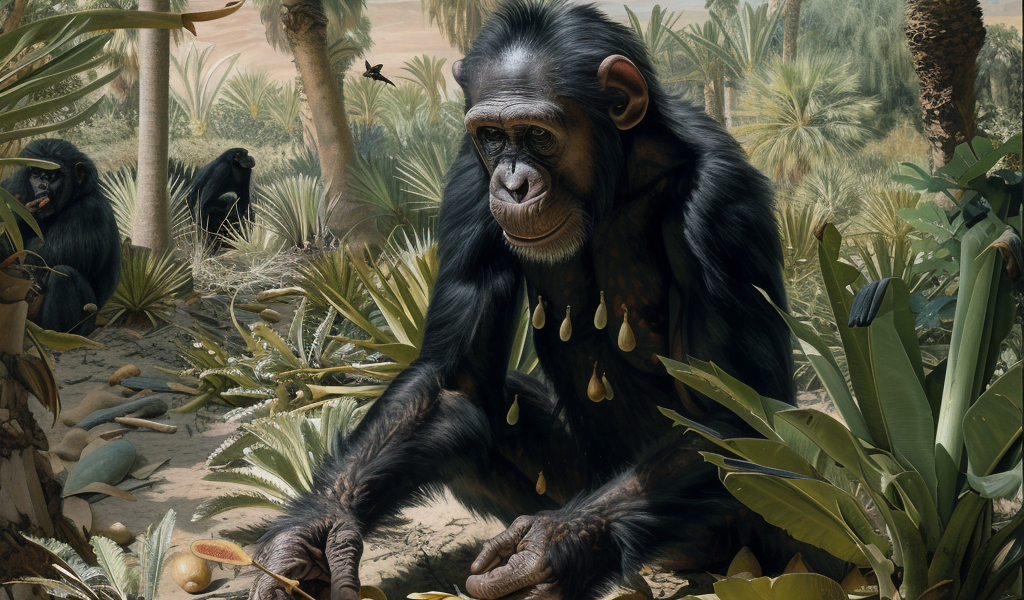Our ancient primate ancestors had an appetite for soft fruits—and their diet shaped human evolution
by Carolina Loch, Ian Towle and Matthew Robert Borths
The diet of early anthropoids—the ancestors of apes and monkeys—has long been debated. Did these early primates display behaviors and diets similar to modern species, or did they have much humbler beginnings?
Research on early anthropoids has often suggested a diet high in soft fruits. But some species seem to have had a more varied diet, containing harder foods such as seeds and nuts.
Our latest research reveals a different story, one that highlights the dominant role of soft fruits. This likely encompassed various types that were ripe and high in sugar, as evidenced by the presence of tooth decay in some individuals. This has important implications for understanding how our earliest ancestors adapted and evolved.
When discussing the primate family tree, it is crucial to address the common confusion arising from the everyday use of terms such as ‘ape’ and ‘monkey’. Humans, for instance, are typically excluded from the ape category, and apes are not generally considered monkeys. Yet humans are nested within the ape family tree, which in turn is nested within the broader monkey group, however this is defined. All of these primates (humans, apes, and monkeys) are collectively called anthropoids, and we all share a common anthropoid ancestor that lived around 40 million years ago.
Genetic and molecular studies, along with fossil evidence, indicate the period from 40 to 25 million years ago was a critical phase for the evolution and spread of anthropoid primates. The early portion of this period marks when Afro-Eurasian monkeys and apes (Catarrhini) diverged from monkeys native to the Americas (Platyrrhini). The latter part of this period witnessed further divergence between Afro-Eurasian monkeys (Cercopithecoidea) and apes (Hominoidea).
The Fayum Depression in the Western Desert of Egypt offers one of the largest and best-preserved collections of fossil primates from this time frame. Between 35 and 29.2 million years ago (when the fossils used in this study were deposited), the Fayum sat on the lush northern coast of Africa. The terrestrial rocks of the Fayum preserve the remnants of ecosystems that laid the groundwork for Africa’s modern biodiversity. They also capture a pivotal window in primate evolution, providing valuable insights into the diet and behaviors of our ancient primate ancestors.





